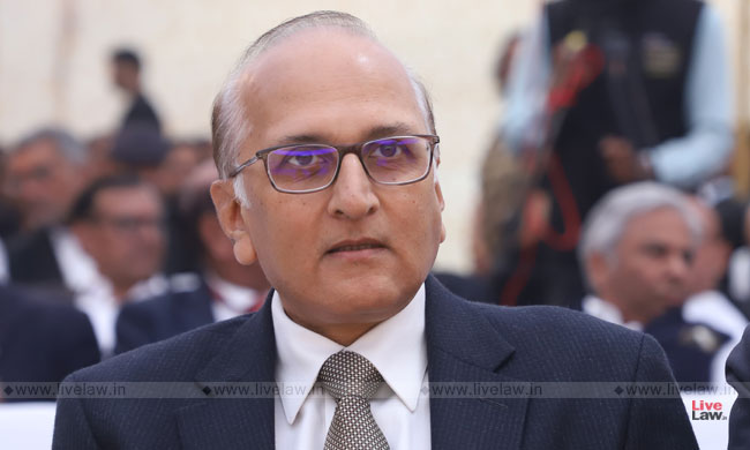'There Can Be No True Democracy Without Fullest Participation by Women': Justice Ravindra Bhat
LIVELAW NEWS NETWORK
10 April 2022 8:29 PM IST

Next Story
10 April 2022 8:29 PM IST
Trailblazing Women in Law: Shyamlha Pappu Law Foundation Lecture By Justice Ravindra Bhat A very good evening to the family members of late Senior Advocate, Ms. Shyamlha Pappu present here, her colleagues from the bar, well-wishers, and ladies and gentlemen – those who are present in the audience today, and to others who are tuning into the livestream online. It is a pleasure to...
